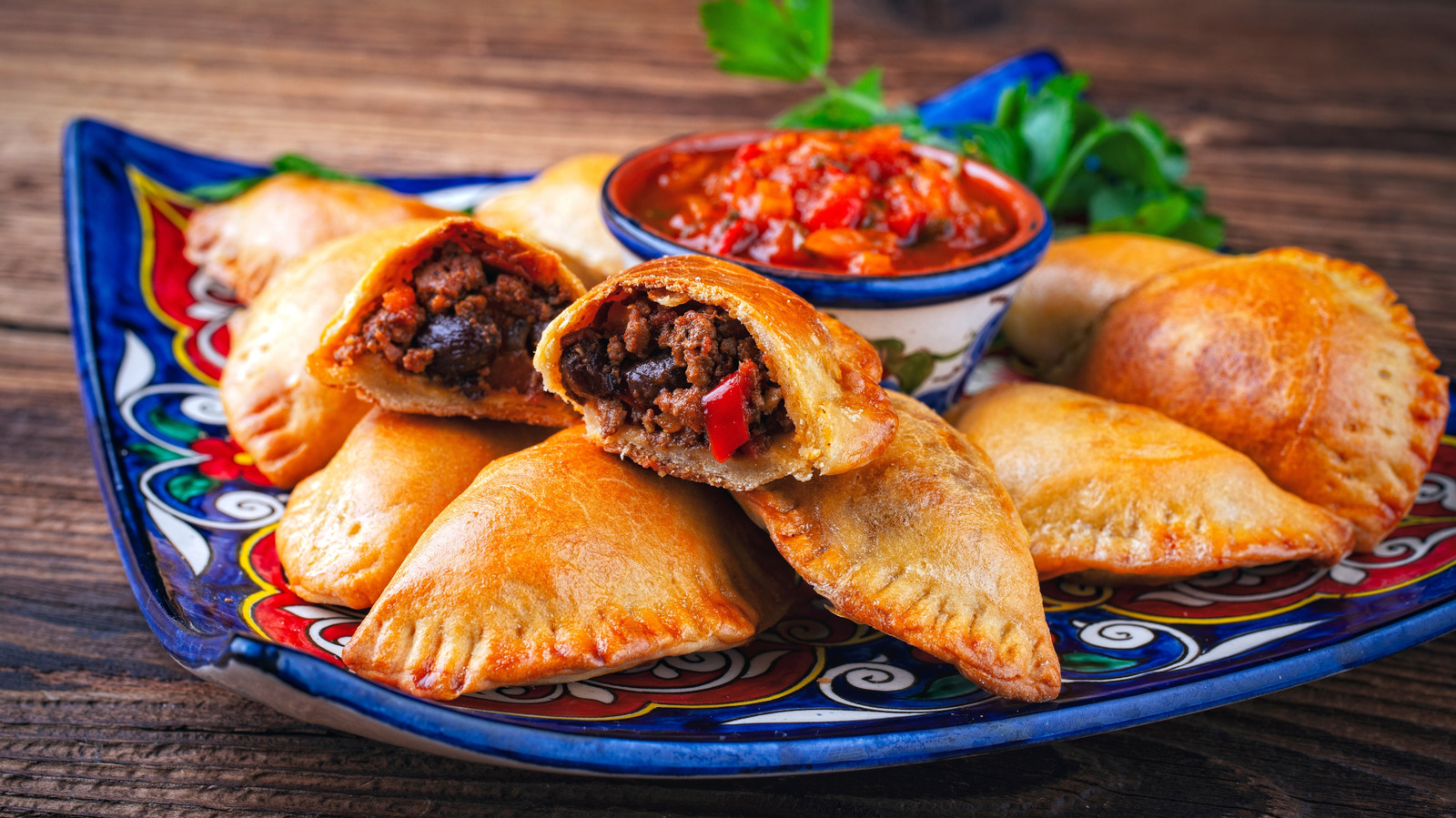
"The perfect empanada is a thing of beauty. Imagine that golden, flaky crust with its crimped edges. You take in the color and half-moon shape before the smell of cumin, onions, meat, and spices hits your nose. The filling is boldly seasoned, a balanced mix of salty and umami flavors, with faint sweetness from the onion, smoky notes from the cook on the pastry, and a dash of heat from other seasonings."
"In Northern Argentina, charqui empanadas are a mainstay. Charqui comes from the Andean language Quechua and means dried meat or jerky. The traditional preparation involves cooking the meat until soft, cutting it, and grinding it. When it's worked long enough, it forms thin, delicate strands like meat cotton candy. Think of the pork floss or ròusōng from Asian cuisine. Season how you'd season any beef empanada. Mixed with onions, tomato paste, or other ingredients that add flavor and moisture, it creates a thick, hearty filling."
"Using jerky instead of ground beef offers both unique flavor and texture advantages. Jerky provides more umami and a greater depth of flavor, highlighted by the salty sweetness of its cure, in a way that ground beef can't match. Depending on the jerky you choose, you might add rich smokiness, acidic notes from lime and vinegar, or spicy, peppery flavors."
Empanadas combine a golden, flaky crust with robust fillings that balance salty, umami, sweet, smoky, and spicy notes. Substituting shredded beef jerky creates a distinctive texture of thin, delicate strands and amplifies flavor through the jerky's cure, smokiness, acidity, or heat. Northern Argentina’s charqui empanadas use dried meat prepared into fine strands similar to pork floss or ròusōng, then seasoned and mixed with onions, tomato paste, or other moistening ingredients to form a thick, hearty filling. Empanadas trace roots to Iberia and the Middle East and evolved into a compact, hearty staple of Argentine cuisine.
Read at Tasting Table
Unable to calculate read time
Collection
[
|
...
]